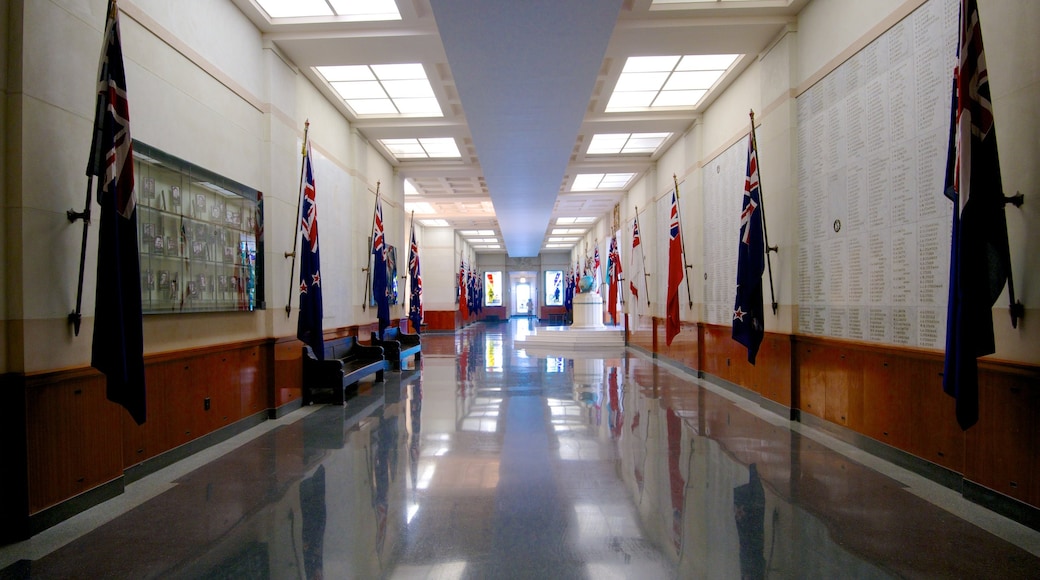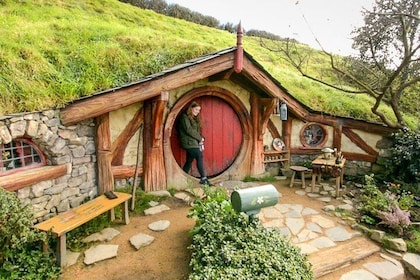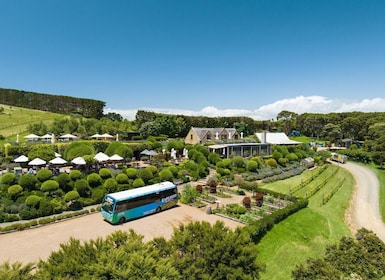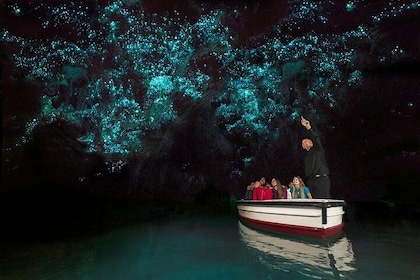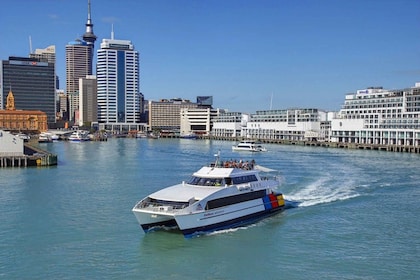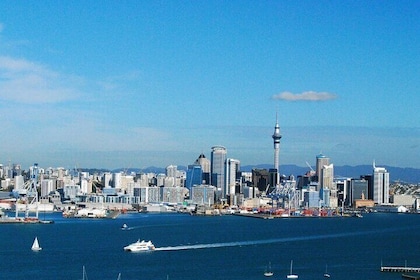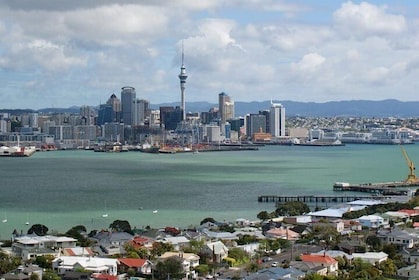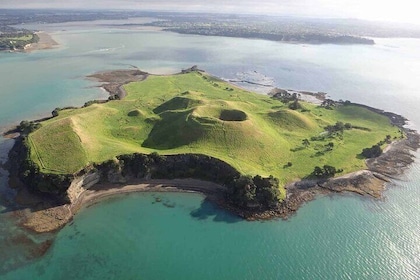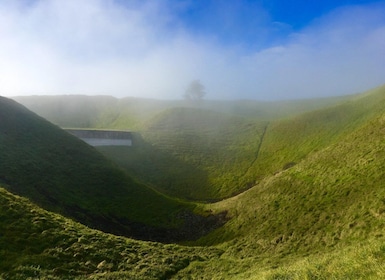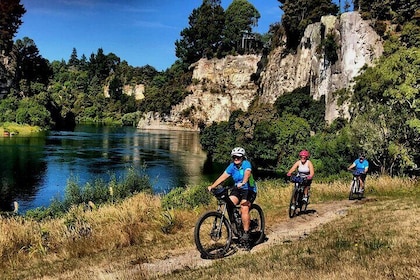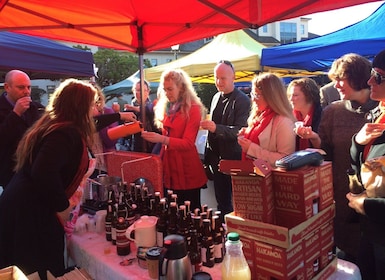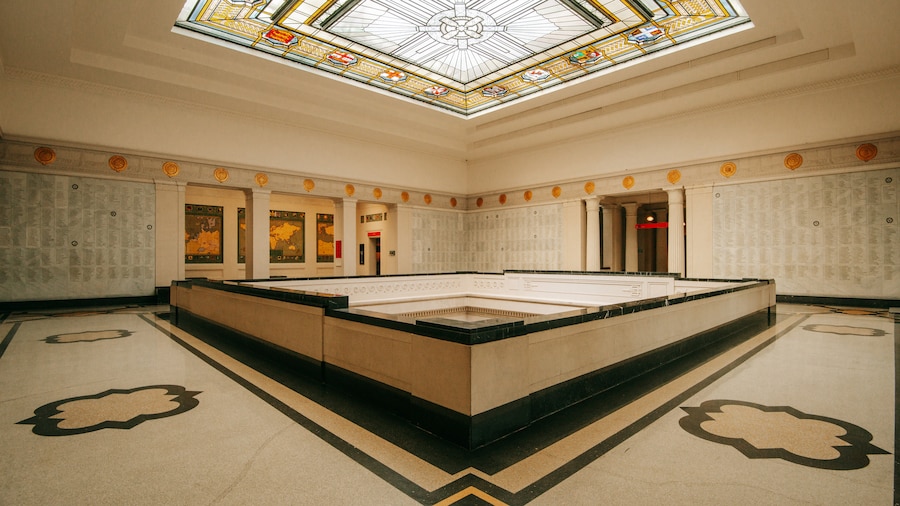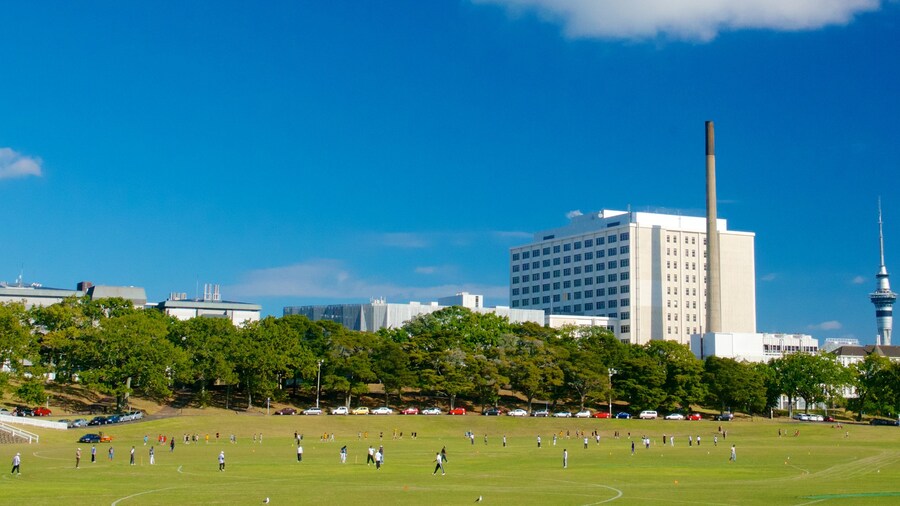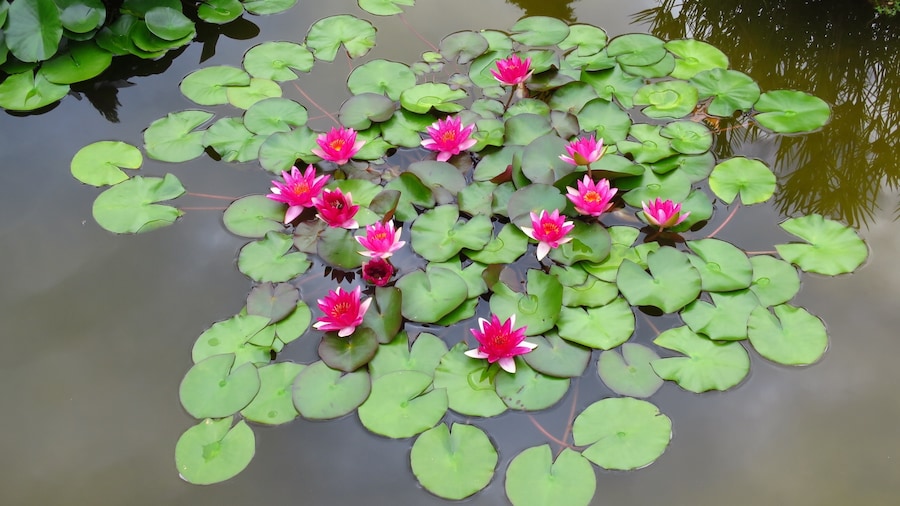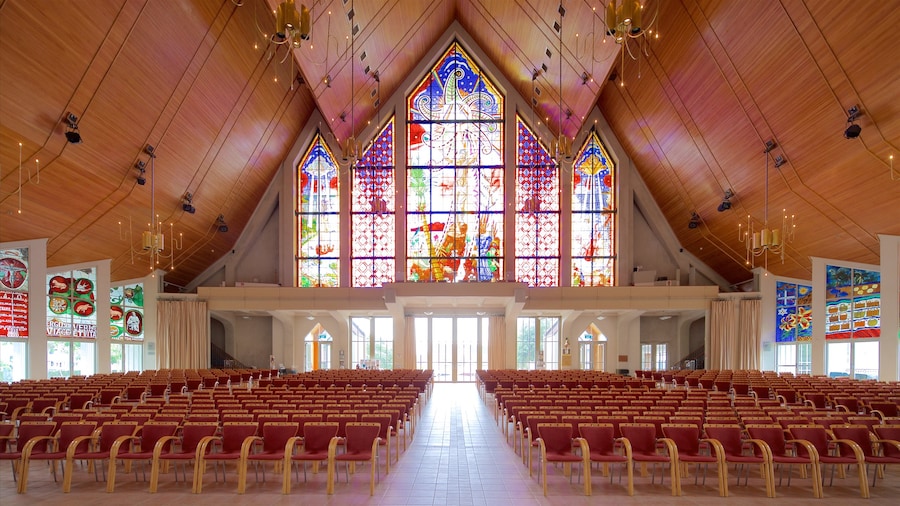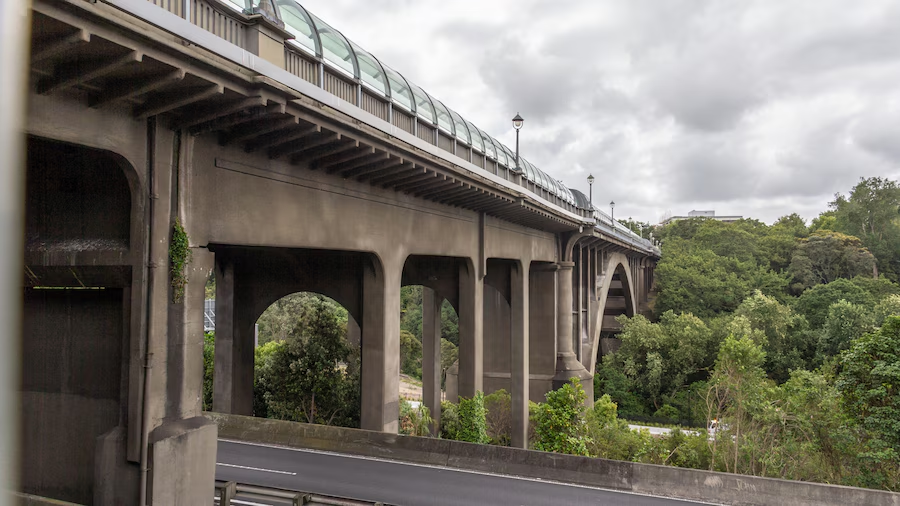Despite what you might think, there's more to this museum than guns and warplanes (though those are pretty impressive too).
Originally built in 1929 in memory of the soldiers who died in World War I, the Auckland War Memorial Museum is housed in a Greco-Roman style building on the grounds of the Auckland Domain. As well as its wealth of military history and artefacts, it also boasts numerous impressive displays on the subjects of Maori culture and craftwork.As you approach the building – widely considered to be one of New Zealand's finest heritage buildings – you will see a frieze depicting scenes from World Wars I and II. You will also notice a poppy motif on the bronze entrance doors, a theme which is repeated throughout the museum building.In pride of place amidst the museum's permanent and temporary exhibitions are the honour rolls listing the names of the war dead. The Scars of the Heart exhibit puts a human face on these names, with personal stories, letters and photographs from those who served, while the immensity of the technology used at the time is succinctly conveyed by the Spitfire and Japanese Zero warbirds also on display.Moving away from the war theme, the museum also boasts a wide-ranging display on Maori culture. This section of the building is home to numerous taonga (or "treasures") such as a traditional meeting house, a war canoe and one of the earliest remaining examples of Maori decorative carving. If you can, try to time your visit to coincide with one of the tours that happen each day. Led by Maori performers and guides, these tours offer additional invaluable insight into the Maori culture.The Natural History section of the Auckland War Memorial Museum has exhibits on everything from insects to amphibians, conveying the sheer range of biodiversity that thrives on the island of New Zealand, while the Applied and Decorative Arts section covers objects as diverse as costumes, clocks and metalwork from New Zealand and abroad.The Auckland War Memorial Museum is open every day except Christmas Day. Situated in The Domain in the central neighbourhood of Grafton, it's easy to get there by bus, or there's paid parking available at the museum.
